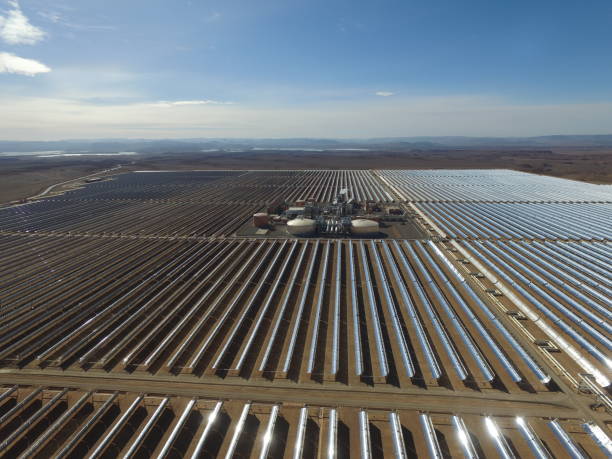Casablanca – Recent rainfall across Morocco has led to a significant surge in dam filling levels, offering a promising outlook for the ongoing agricultural season. According to reports from the Ministry of Equipment, Transport, Logistics, and Water, as of April 1st, the overall dam filling rate in the country has exceeded 30.7%, representing a total volume surpassing 4.942 billion cubic meters.
This surge in water reserves comes as a relief for farmers amidst previously concerning forecasts for the current agricultural season. The recent rainfall not only rejuvenated hopes among farmers but also necessitated a reassessment of anticipated projections. Notably, the rainfall substantially replenished dam reservoirs, with some dams reaching maximum capacity.
Six dams in particular registered a complete filling rate of 100%, including Nakhla and Sharif Idrissi (Tetouan) , Chefchaouen, Oued Za (Taourirt), Bouhouda (Taounate), and Sidi Idris (El Kalaa des Sraghna). Moreover, the filling levels of five additional dams exceeded 90%, underscoring the widespread impact of the recent precipitation.
In addition to the positive impact on dam reservoirs, certain areas across the country experienced heavy rainfall, with some regions recording rainfall measurements of up to 120 millimeters over the weekend. This precipitation has been particularly beneficial for spring crops and is expected to alleviate losses incurred during the agricultural season.
Furthermore, the Ministry of Equipment, Transport, Logistics, and Water emphasized that the recent rainfall has also contributed to the expansion of grassland cover, positively affecting the national herd’s condition. This development is crucial, given the challenges faced by the agricultural sector in recent times, including rising feed prices due to limited rainfall and depletion of water reserves.
As Morocco continues to monitor water resources and weather patterns, the surge in dam filling levels offers a promising start to the agricultural season, reflecting the resilience of the agricultural sector and its capacity to adapt to changing climatic conditions.
















